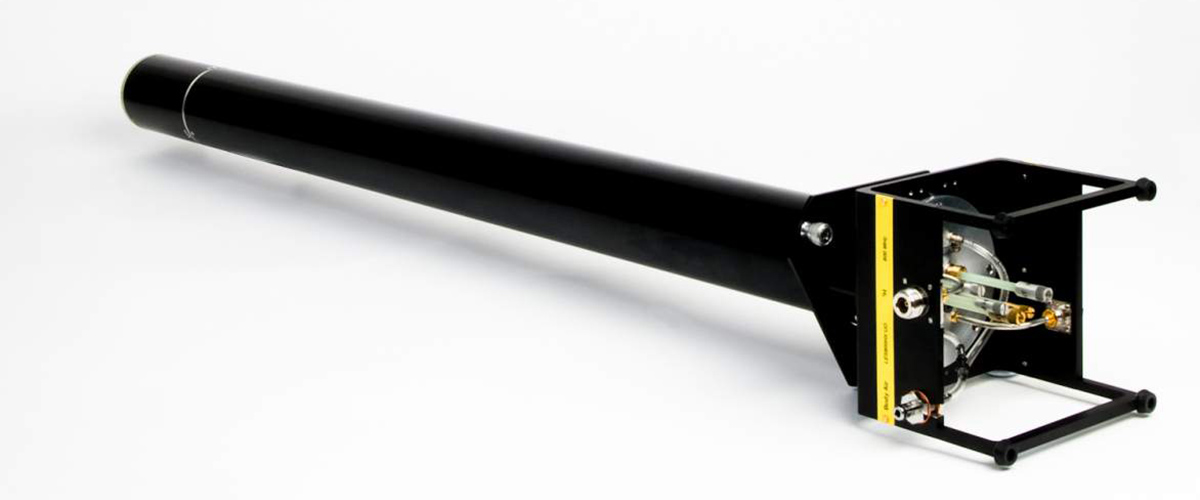From the side, a magnet looks like a giant soda can. From the top, that same magnet looks like a donut hole. The hole in the middle of the cylinder is the place where scientists put samples. But how do you place a sample inside a hole that, on some magnets, is the size of a grape?
You do it using a precision-engineered probe designed to position the sample inside the area of greatest magnetic field strength. A probe stabilizes the sample and communicates information about the interaction between the magnetic field and the sample to an outside computer.
Engineering such a sensitive piece of equipment is a science in itself, with several staff scientists working to improve the design with each new probe they build.
A probe is a lot like an elite athletic shoe. Every athlete needs one, and each shoe is customized for the job at hand. A probe is built with the magnet, the sample and the type of data scientists need in mind. Building a probe is such detailed, research-intensive work that, when creating new kinds of probes, the lab completes only four to six per year.
"The fewer we build, the harder we’re working – it means we’re putting together something we haven’t done before," said Bill Brey, an engineer in the lab’s Nuclear Magnetic Resonance group.
The probes must be built wholly out of non-magnetic parts, some of which are machined from scratch in the lab’s machine shop, some of which are purchased from companies that sell parts for MRI equipment.
As complex as the construction of a probe can be, once they are complete, they’re easy enough for visiting scientists from many different fields of study to use.
In addition to the probes built by Magnet Lab engineers, visiting scientists often bring their own probes. But whether it’s a state-of-the art Mag Lab probe or a commercially produced product, you can’t do research in high magnetic fields without one!
By Amy Mast



